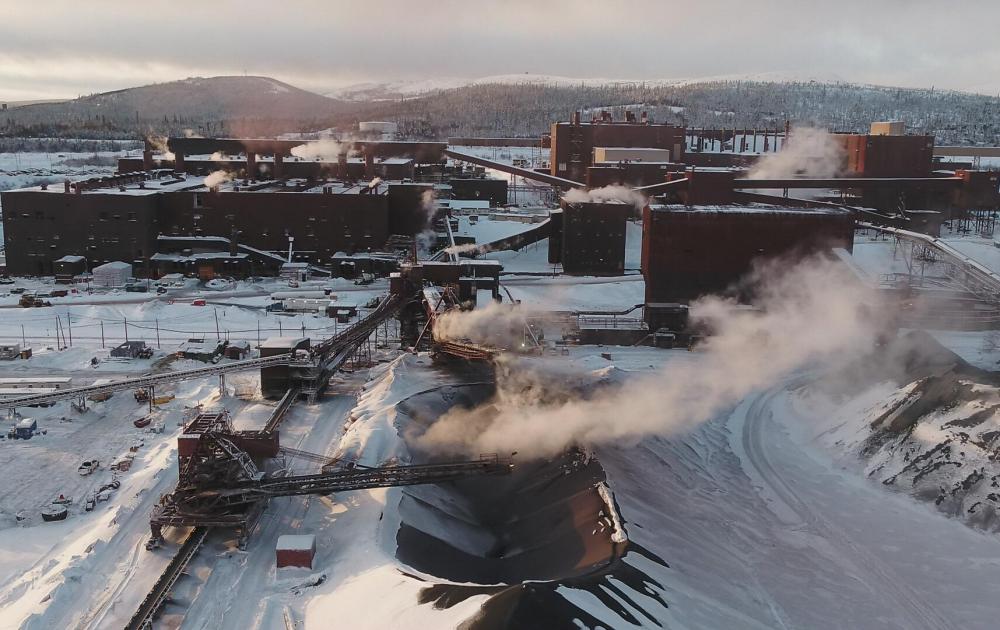Rio Tinto (ASX: RIO; NYSE: RIO) is advancing an innovative technology to make low-carbon steel using biomass rather than coking coal. The process has the potential to be a cost-effective option for reducing carbon emissions from the steel industry.
Rio has spent the past 10 years developing the process, which uses sustainable biomass and microwaves to convert iron ore into metallic iron. It has been successful in laboratory scale trials. Over time, the process can be extended to handle the company’s iron ore fines.
The technology uses plant material known as lignocellulosic biomass, instead of coal, as a chemical reducer. Biomass is mixed with iron ore and heated by a combination of biomass-released gas and high-efficiency microwaves that can be powered by renewable energy.
Rio Tinto says using raw biomass in this process could also avoid the inefficiencies and associated costs of other biomass-based technologies that first convert biomass into charcoal or biogas. The process does not use foods such as sugar and corn, and no biomass sources that support logging of old-growth forests would be used.
“Over 70% of Rio Tinto’s Scope 3 emissions are generated when customers process our iron ore into steel,” noted company CEO Simon Trott. “So, although it is still in its infancy and there is still a lot of research and further work to be done, we want to further explore the development of this technology.”
Rio Tinto researchers are working with the multidisciplinary team from the Microwave Process Engineering Group at the University of Nottingham to further develop the process.
Read more about The company’s efforts to decarbonize its operations at www.RioTinto.com.

